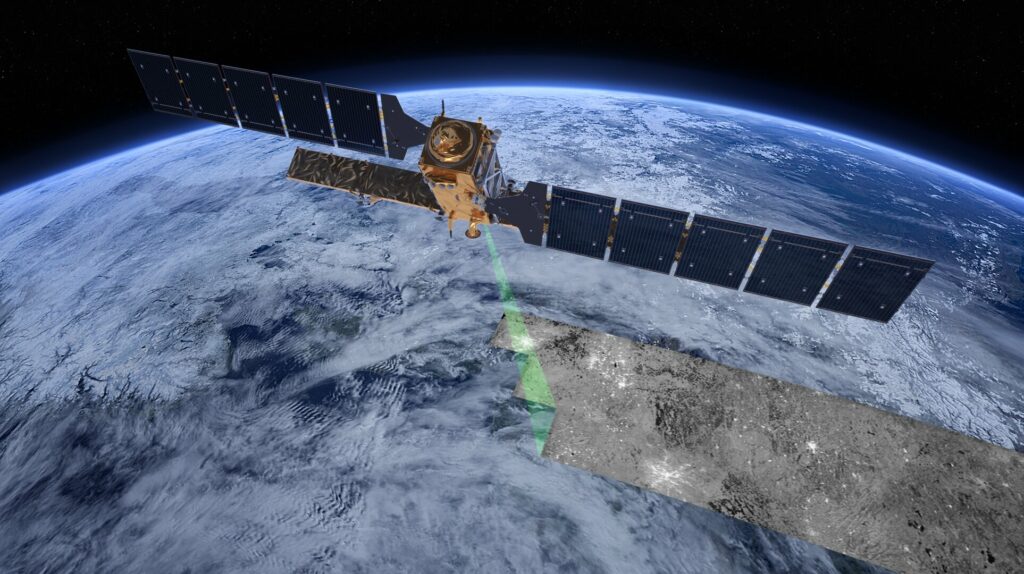The European Space Agency (ESA) has recognized the impossibility of restoring the Sentinel-1B spacecraft and announced the termination of its mission. Now the organization will concentrate its efforts on preparing a new Sentinel-1C radar satellite with a view to its early launch.
Sentinel-1B Accident
Sentinel-1B went into orbit in April 2016. The 2.2-ton vehicle was equipped with a powerful synthetic aperture radar (SAR-radar), which made it possible to take high-resolution images of the Earth regardless of the time of day and weather conditions.

Together with the Sentinel-1A twin device (it was launched in 2014), Sentinel-1B was engaged in monitoring the Earth’s surface. The satellites tracked the appearance of new icebergs, oil spills, changes in vegetation cover and much more. It was Sentinel-1A that made the first radar images of the consequences of the recent eruption of the Hunga volcano in the Pacific Ocean.
On December 23, 2021, Sentinel-1B experienced a serious accident: the main power supply system of the spacecraft antenna and the backup unit failed at the same time. This made further use of the SAR radar impossible. Engineers have tried all possible solutions, but, unfortunately, have come to the conclusion that it is impossible to restore the power supply of the radar. Because of this, the ESA leadership had to announce the completion of its mission. Since all other Sentinel-1B systems are functioning normally, engineers have already begun preparing an operation to de-orbit it.
Replacement of Sentinel-1B
It is worth noting that the Sentinel-1A is still at the disposal of the ESA. The device is in good condition and continues to fulfill its mission. However, the Sentinel-1B accident was a big shock for the ESA. Therefore, the agency wants to compensate for this loss as soon as possible and launch a new Sentinel-1C radar satellite.

The good news is that the recent launch of a new modification of the Vega-C rocket was a success. Since this is the carrier chosen to launch Sentinel-1C into orbit, ESA expects to launch the satellite in the second quarter of 2023.
According to https://www.esa.int
Follow us on Twitter to get the most interesting space news in time
https://twitter.com/ust_magazine
